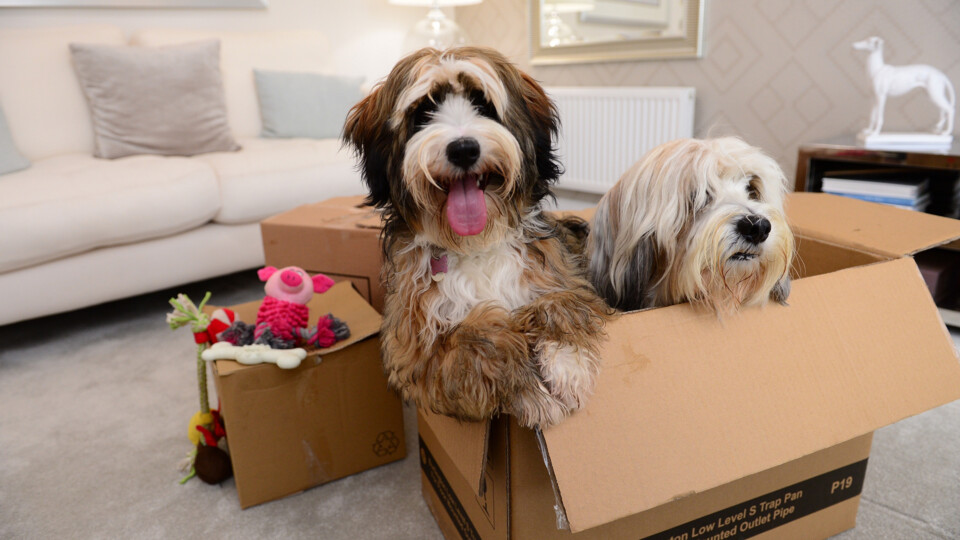Top tips for a stress-free house move for pets in North Yorkshire
As part of National Pet Month in April, Barratt and David Wilson Homes has teamed up with the UK’s leading animal charity, RSPCA, to provide pet owners with advice to make moving home as stress-free as possible for animals.
Sam Wood, Sales Director at Barratt and David Wilson Homes, said: “We want our customers’ home moving journey to be as stress-free as possible, and that includes keeping their pets happy! That’s why we’ve teamed up with the RSPCA to ensure a happy move all round.”
The RSPCA, which has multiple branches in North Yorkshire, is encouraging buyers to plan ahead and minimise the impact on pets.

Dominika Jagoda, Companion Animals Expert at the RSPCA, said: “Moving house can be a stressful time for everyone, including pets, as they get used to settling into their new home.
“Pet owners making a move should plan ahead and take the time to think about the best way to move a pet, in a way which will minimise the stress as much as possible.”
Here are Barratt and David Wilson Homes and the RSPCA’s top five tips for a happy move:
Plan the Journey
Make sure your pets are fit to travel and if in any doubt, contact your vet. If you own an animal that is pregnant, seek advice from a vet before transporting her. Plan your route to minimise journey time and maintain suitable comfort and environmental conditions. Never leave an animal unattended in a vehicle.
Reduce Stressful Situations
Try to keep your pet away from all the commotion of packing, unpacking, moving and cleaning to help reduce their stress.
Ask a Vet about Calming Products
Speak to your vet about artificial pheromone products, for example Feliway for cats and Adaptil for dogs – these may help to make your pet feel more secure and settled in their new home.
Update Your Details
Update your contact details with your pet insurers, vets, microchip and any ID tags. You may need to register with a new vet, depending on how far you are moving.
Keep a Routine
When in the new house, try to keep to the same routine with your pets as you had in your previous home.
Dominika said: “Cats, in particular, may find a house move stressful as they can become attached to where they live. At your new house, keep your cat indoors for a minimum of two to three weeks before letting them out.
“This gives them time to get familiar with the new house. When you first let them out make sure it’s before their mealtime – if they are hungry, you should be able to call them back for their favourite food. Let them go out for short periods to start with and build this up, as this will allow your cat to become more confident.
“As of June 10th, it will be a legal requirement for owned cats in England to be microchipped, so make sure your cats are microchipped and your contact details are up to date.
“It is also a legal requirement to have your dog microchipped, and it is so important to make sure you update your address details on the microchipping database. On moving day, pack all your dog’s things – including food and water bowls, food, bed and toys – into one clearly labelled box so that you can find it easily when you arrive at your new home. Getting out things that they are familiar with will help minimise their stress.”
For more information about developments in the county, visit Barratt Homes in North Yorkshire or David Wilson Homes in North Yorkshire.

